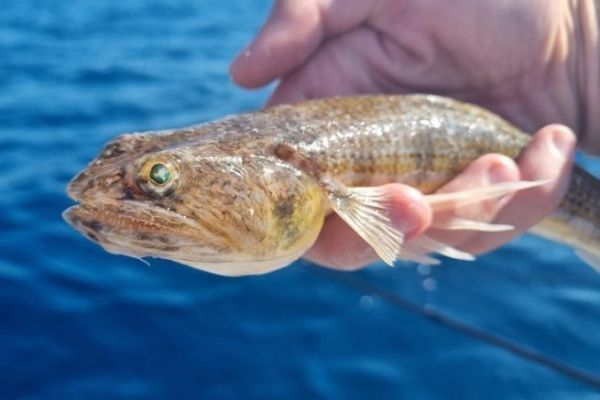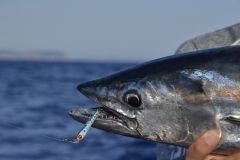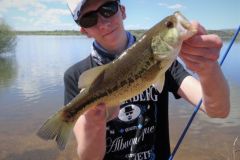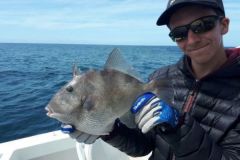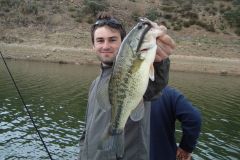A voracious predator
The striped lizardfish or Synodus saurus, is a species that is very common on the shores of the Mediterranean. The striped lizardfish lives on sandy bottoms from the first few meters down to a depth of 30 meters. A formidable predator, it spends most of its time buried in the sand in search of prey. As soon as a small fish, or any crustacean, passes close to its hiding place, the lizardfish pounces on it and opens its jaws, adorned with numerous sharp teeth, to seize it. The striped lizardfish can grow to over 30 centimetres in length, making for some great fishing.
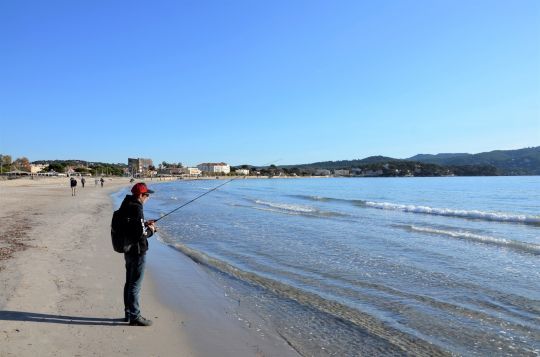
Scrape the bottom as much as possible
Fishing for striped lizardfish with a lure is not at all difficult. First of all, you'll need to prospect on or near sandy bottoms if you hope to lure the lizardfish that frequent such biotopes. And, as you'll have gathered, to find lizardfish specifically with lures, you'll have to scrape the bottom or pass right over it. Two types of lure are effective for this kind of fishing. You can easily use small soft lures on lead heads adapted to the depth of prospection and comb the sandy area in search of lurking fish. You can also fish with hard lures; small cranckbaits are the lures that give the best results on lizardfish when there's not too much bottom. Micro-jigs can also be used on larger bottoms.
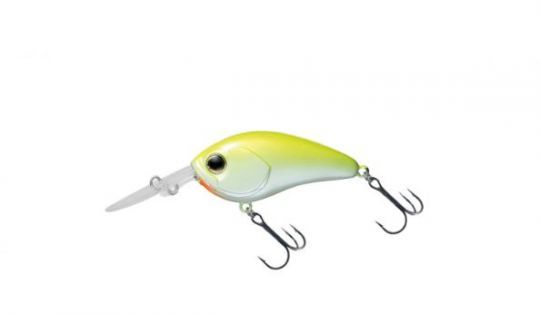
Watch out for live ones
However, if you're targeting lizardfish, it's important to remember that the painful and sometimes dangerous bites of whitefish are often found in the same places. They also behave in a similar way to lizardfish and will attack lures passing by. So, before you start fishing, you need to know the following identify and differentiate a striped lizardfish from a live one . Or, quite simply, don't handle fish with your hands, but rather with tongs designed for this purpose.

 /
/ 